NUCLEAR Energy
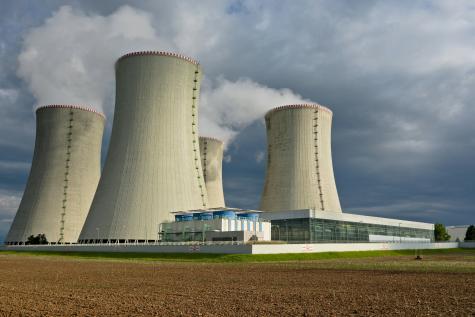
➡️ Nuclear Energy - Expensive, Unsafe, and Unreliable
Nuclear power is created by the energy released during nuclear fission. Most nuclear power plants utilise enriched uranium to generate electricity. The fission of uranium atoms heats water, which then creates steam. This steam then spins turbines, which drives generators to produce electricity.
The first nuclear power plants began operation in the 1950s and have been a controversial source of energy ever since. Energy generated by nuclear reactors now accounts for 9% of the world's electricity supply, from 440 reactors in more than 50 countries. Nuclear power is a major generator of power around the world. It is the world's second-largest low-carbon energy source after hydroelectric power.
Jump straight to our guide on ➡️ Nuclear Energy
Explore our comprehensive resources on -
- The Risks and Costs of Nuclear Energy
- Major Nuclear Disasters, including Fukushima and Chernobyl
-
Nuclear Energy by Country
-
Major Nuclear Energy Sites
-
Nuclear Disarmament Guide
The U.S. produces more nuclear energy than any other country, with a total installed capacity of 91.5 GW - 30% of the world's nuclear energy production. The country's 93 reactors generate 20% of the country's electricity. France takes second place with 56 reactors, which provide two-thirds of the country's electricity supply. Following closely behind are China, Japan, and Russia.
Nuclear energy is often referred to as a clean energy supply and the green panacea to the energy transition. Although it is true that nuclear energy does not rely on fossil fuels and produces very little carbon dioxide or other greenhouse gas emissions, this overly simplistic view ignores the major risks and costs involved with nuclear energy production.
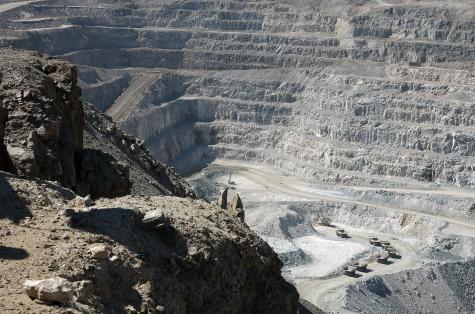
What are the Advantages and Disadvantages of Nuclear Energy?
PROS -
-
It provides a steady, reliable source of power and produces very few greenhouse gas emissions.
-
Nuclear power has allowed for a fast decarbonisation of the energy market in the green energy transition.
-
Just a small amount of nuclear fuel produces large amounts of energy, and plants can operate for up to 2 years before they need refuelling. They can deliver maximum power 93% of the time, and one power plant alone can produce thousands of megawatts of energy.
CONS -
-
Nuclear waste is a highly radioactive and toxic byproduct from nuclear reactors. It remains radioactive for tens of thousands of years.
-
The potential for weaponisation is very real. The technologies of nuclear energy and nuclear weapons are deeply intertwined. With the increasing availability of both, the risk of them falling into the wrong hands is high. Even more so in countries with high levels of corruption and instability. The risk of damage in war situations, intentional or otherwise, is also a very real concern.
-
When nuclear energy fails, it does so spectacularly. In 2011, the Fukushima disaster led to the displacement of more than 150,000 people, thousands of related deaths, devastating environmental consequences, and billions of dollars in cleanup costs.
-
The cost of catastrophe is so high that no insurer will take on the risk, this means that accidents are always at the cost of the taxpayer.
-
Nuclear energy is one of the most expensive forms of energy. Nuclear plants cost billions of dollars, are funded by large tax payer subsidies, and can take up to a decade to build. It is a futile distraction from the renewable energy transition.
-
Uranium mining is dirty, dangerous, and unsustainable. They create huge scars on landscapes, and radioactive contamination, including arsenic and radon, are leeched into the local environment. The U.S. has 15,000 abandoned uranium mines, mostly on Native lands, which continue to leave a legacy of serious health complications for Indigenous communities.
-
Nuclear plants rely on vast quantities of water. In 2015, the United States consumed 320 billion gallons of water generating nuclear power. Plants are usually located next to lakes or oceans to feed their cooling tanks and dump thermal water. Rapid temperature changes are harmful to plant and animal ecosystems. During times of drought, plants are unoperational.
-
Decommissioning nuclear power plants safely is incredibly expensive and can take generations. Dismantling Sellafield in the UK will cost at least £121 billion.
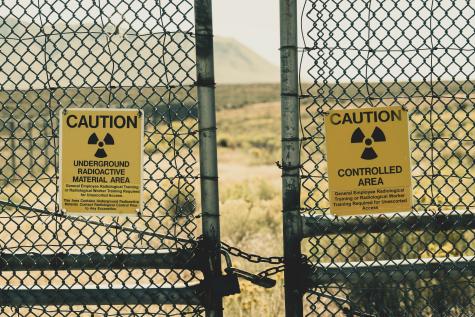
Can we Solve the Nuclear Waste Problem?
Nuclear waste is created by leftover fuels used in nuclear power plants and facilities involved in nuclear weapons production. It contains highly poisonous chemicals like plutonium and uranium pellets, which remain highly radioactive for tens of thousands of years. Nuclear waste poses a very real threat to agricultural land, fishing waters, freshwater sources, and human life.
Since the 1950s, more than 250,000 tonnes of highly toxic nuclear waste has been accumulated and spread across 14 countries worldwide. The largest quantity of untreated nuclear waste on the planet is currently stored in the Sellafield plant in the UK.
In most cases, it is stored in decommissioned nuclear power plants. In some cases, including Chernobyl, the plant's reactors still contain an enormous amount of toxic waste. In 2019, at a cost of $1.6 billion, an enormous steel and concrete structure was built to encase one of its reactors, a solution which will last only 100 years.
The first attempt at burying nuclear waste underground took place in Finland when 2,300 tonnes of high-level waste was entombed in an underground hard rock mine on the Island of Olkiluoto – 450 metres deep. The project cost $3.4 billion, and whether this is a viable long-term solution remains to be seen.
No country in the world has been able to provide a reliable, permanent solution to store nuclear waste. The temporary solutions that are currently in use are incredibly expensive. This money would be better invested in the renewable energy sector.

Nuclear Power and Nuclear Weapons
The civilian nuclear power industry and the worldwide proliferation of nuclear weapons are inextricably linked. The nuclear energy industry grew out of the atomic bomb programme in the 1940s and the 1950s. Nuclear secrecy began right from the start when, in the UK, nuclear energy was used as a deliberate cover for military activities.
The development of nuclear energy programs increases the likelihood of nuclear weapon proliferation through the spread of technologies and raw materials. With increasing availability, the risk of non-peaceful use becomes greater.
It is an open secret that militaries pressure governments to invest in nuclear power. This is why nuclear-armed states are disproportionately committed to nuclear power. Civil nuclear energy projects maintain the skills and supply chains needed for military nuclear programmes. It can be, and is, used to cover up nuclear weapon proliferation.
Britain's first nuclear power station at Calder Hall was sold to the public as a cheap and clean energy source for everyone. Its primary function however, was to produce plutonium for nuclear weapons development. The electricity it produced was merely a byproduct.
Most governments go to great lengths to keep the connection between nuclear energy and nuclear weapons well hidden, even though the industries are obviously mutually beneficial. The truth is that most modern reactors produce enough plutonium to build 2 atomic bombs a month.
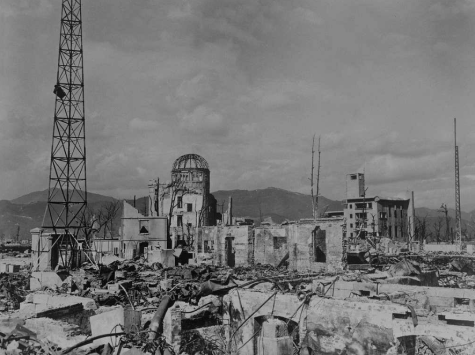
Currently, 24 countries operate nuclear power plants but are not nuclear weapon states. As they have the fuel and technology needed to build atomic bombs, any country with the capability to enrich uranium should be considered a nuclear weapon state.
The failure of the Nonproliferation Treaty is solely down to large nuclear nations, not the smaller, nuclear-free states. Since the catastrophic bombings of Hiroshima and Nagasaki, the U.S. has threatened to deploy nuclear weapons a staggering 40 times.
It has so far not proved possible to separate civilian nuclear energy from nuclear power for military purposes, rendering the goal of nonproliferation out of reach as long as the nuclear power industry exists.
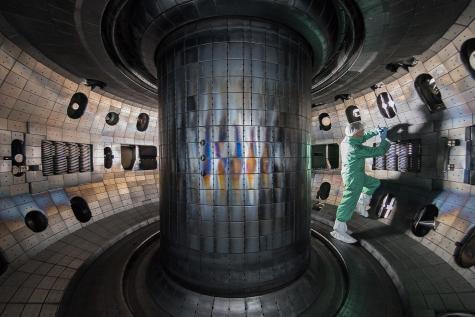
What is the Future of Nuclear Energy?
The major nuclear accident at the Fukushima Daichi plant in Japan in 2011 caused widespread public and political alarm. Investments in the industry had already been declining, and this incident led to the loss of 48 GW of electrical power generation globally.
Germany and Belgium decided to phase out nuclear altogether, and many other countries scaled back investments, scrapped plans to maintain ageing facilities, and abandoned new projects.
However, with growing pressure on wealthy nations to meet the Paris Agreement climate targets, a renewed focus on energy security after Russia's invasion of Ukraine, and investments by tech giants Microsoft, Google, and Amazon, nuclear energy could be in for a revival.
China currently has 23 new plants under construction, South Korea has scrapped its nuclear phaseout plan, France has recommitted to its reliance on nuclear, and the U.S. has announced it intends to triple its nuclear power generation by 2050.
The appeal of nuclear energy is the need for a reliable, carbon-free source of energy which supplements clean but intermittent renewable energy sources like solar and wind power. To the dismay of environmentalists and anti-nuclear campaigners, the European Commission included nuclear power in its "green taxonomy", labelling it suitable for sustainable finance.
This new era of nuclear energy delays any chance of a nuclear phaseout creates even greater unsolved issues for future generations, and, with increasing instability and geopolitical tensions, puts our planet at even greater risk of nuclear catastrophe.
Soaring energy demand in developing countries, the exponential growth of AI, and energy-hungry data centres are putting energy security at risk and placing even more pressure on governments to provide energy from low-carbon energy sources.
Promises of nuclear fusion as the answer to our energy prayers have so far fallen flat. With the potential to provide clean, limitless energy, nuclear fusion currently consumes more energy than it produces, and many more breakthroughs are needed before it becomes commercially viable.
Small Modular Reactors (SMRs), a recent development in the nuclear sector, have promised to bring down the startup costs for new nuclear power plants. They are smaller than traditional reactors, and use standardised parts for faster assembly. There are more than 80 different designs under development globally, but they have yet to be proven on a commercial scale.
The debate on nuclear power remains highly polarised. With no real permanent solution to the problem of nuclear waste, the nuclear renaissance is irresponsible and short-sighted. With such high costs - human, environmental, and economical - for now, the best option lies in truly renewable energy sources that do not put our planet in danger.
Author: Rachael Mellor, 18.02.25 licensed under CC BY-ND 4.0
For further reading on Nuclear Energy see below ⬇️
Info on NUCLEAR Energy
- General Info - expensive, unsafe & unreliable[286]
- Major Nuclear Disasters[1064]
- Countries[1147]
- Risks & Costs[452]
- Critical Projects[133]
- Radioactive Waste[355]
- Nuclear Phase-Out[121]